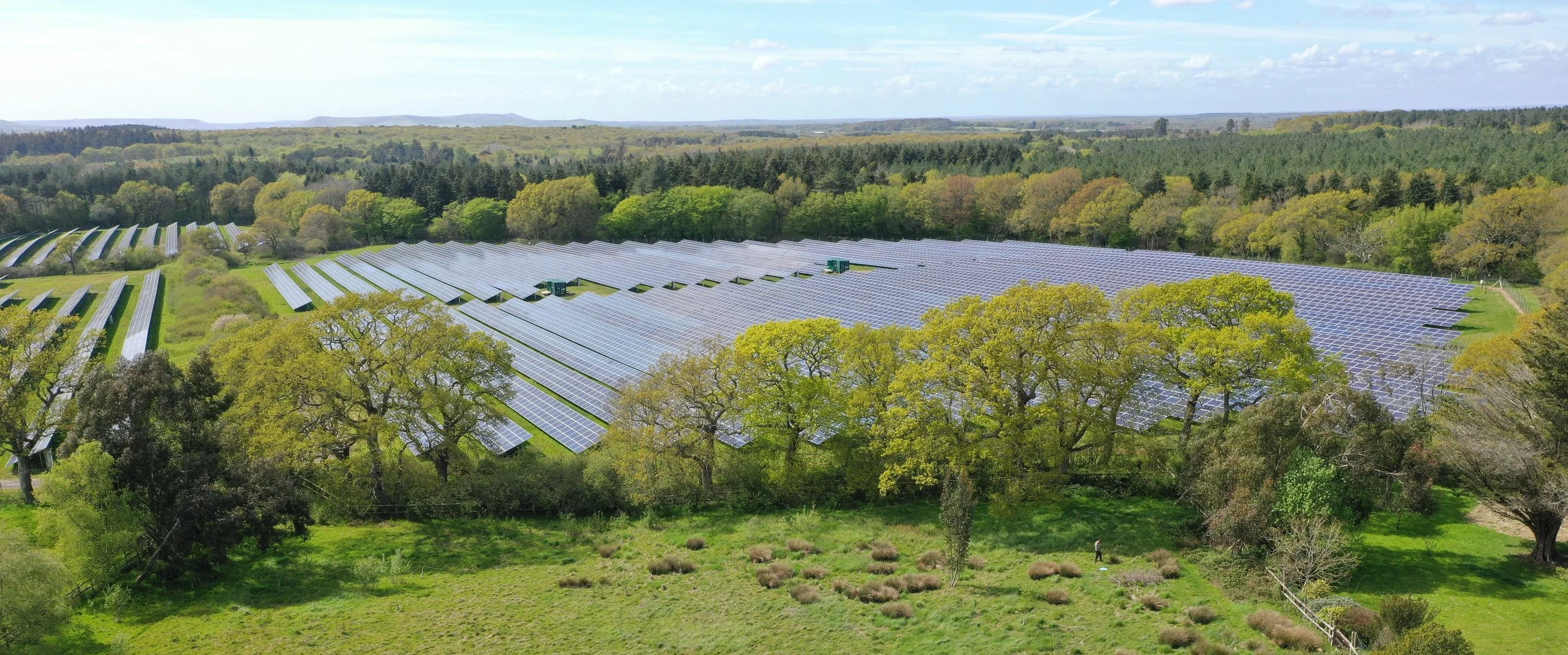Understanding the difference between Ancient woodland habbitat assesments and tree surveys.
BS5837:2012 Tree Assessments and Habitat Assessments for Ancient Woodland are two different types of assessments serving different purposes. It is crucial that prospective clients understand the differences between them in order that the appropriate advice is obtained to support your planning application.
BS5837:2012 Tree Assessments for Development Clients:
If you are a Property Developer planning to work in an area with trees, you may require a BS5837:2012 Tree Assessment. It is a requirement of Local Planning Authorities to identify trees that may be affected by your development plans. This assessment includes a Tree Survey, Tree Constraints Plan, and an Arboricultural Impact Assessment. Its purpose is to identify trees to be retained and protected during development and provide guidance on how to protect them. The BS5837:2012 Tree Assessment is a crucial step in the planning process and can prevent costly delays and issues during construction.
Habitat Assessments for Ancient Woodland:
Ancient Woodland is a unique and rare habitat that needs special consideration before any work in the area. Habitat Assessments for Ancient Woodland determine the ecological value of the area and identify any protected species. It includes a survey and report that outlines the potential impacts of proposed work. The assessment's goal is to prevent harm to the ecological value of the woodland and protect any protected species. While we do not provide ecological consultancy services, we have worked with many consultants that we can recommend.
Implications for Your Project:
As a Tree Consultant, I have extensive experience in BS5837:2012 Tree Assessments for Development Clients in proximity to Ancient Woodland. It is essential to understand that Habitat Assessments for Ancient Woodland are the responsibility of ecological consultants because they provide specific advice on the protection of the woodland. I can provide clients with accurate and relevant advice on individual tree impacts based on their specific needs and requirements. However, if you require advice on habitat classifications, such as Ancient Woodland, you should engage the services of an ecological consultant.
If you are still unsure of what you require, we would be happy to discuss your specific requirements to help you ascertain if you require arboricultural and/or ecological input for your project.





